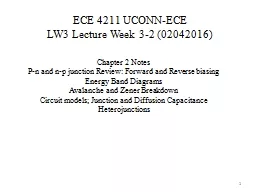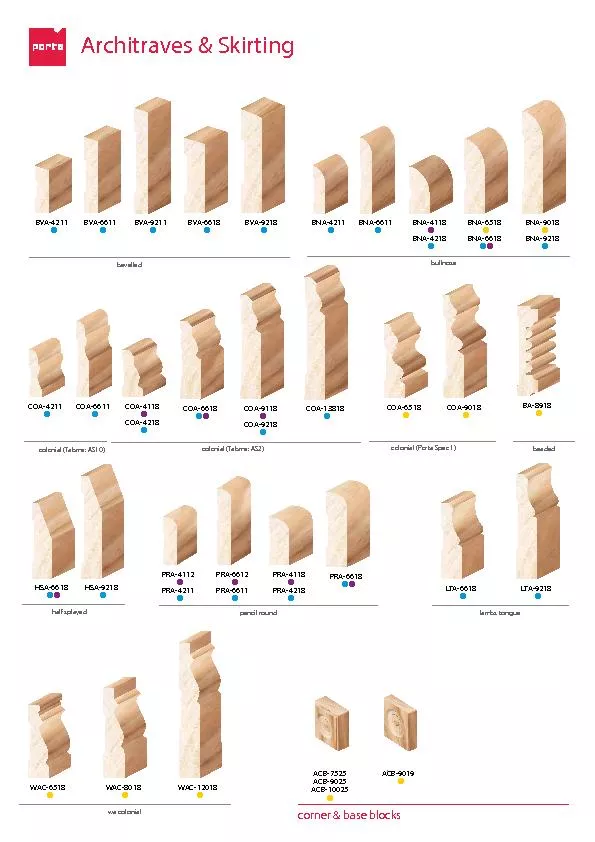PPT-ECE 4211 UCONN-ECE
Author : briana-ranney | Published Date : 2016-12-08
LW3 Lecture Week 32 02042016 Chapter 2 Notes Pn and np junction Review Forward and Reverse biasing Energy Band Diagrams Avalanche and Zener Breakdown Circuit
Presentation Embed Code
Download Presentation
Download Presentation The PPT/PDF document "ECE 4211 UCONN-ECE" is the property of its rightful owner. Permission is granted to download and print the materials on this website for personal, non-commercial use only, and to display it on your personal computer provided you do not modify the materials and that you retain all copyright notices contained in the materials. By downloading content from our website, you accept the terms of this agreement.
ECE 4211 UCONN-ECE: Transcript
Download Rules Of Document
"ECE 4211 UCONN-ECE"The content belongs to its owner. You may download and print it for personal use, without modification, and keep all copyright notices. By downloading, you agree to these terms.
Related Documents














